The raw, untamed spirit of Flamenco guitar echoes through the alleyways of Andalusia, a sound born from the defiance of the oppressed. This is not mere music—it’s a rebellion carved into the strings of a guitar, a language of resistance spoken by the Gypsy (Roma) people who refused to be silenced. Flamenco, with its piercing llamadas (calls) and feverish compás (rhythm), is a sonic revolt against centuries of marginalization. To understand Flamenco is to unravel the history of a people who turned suffering into art.
The origins of Flamenco are as shadowed as the caves of Sacromonte, where Gypsies sought refuge after being driven to the fringes of Spanish society. By the 15th century, the Roma had endured persecution across Europe, and their arrival in Spain marked the beginning of a cultural alchemy. They absorbed the Moorish zambras, the Sephardic laments of exiled Jews, and the folk traditions of impoverished Andalusians—melting them into something fiercer. The guitar, introduced to Spain in the 8th century by the Moors, became the weapon of choice. Unlike the refined classical guitar, Flamenco guitars were built leaner, louder, with a percussive snap to cut through the chaos of juergas (communal gatherings).
Listen closely to a bulería, and you’ll hear the fingerprints of resistance. The 12-beat cycle stutters like a heartbeat under stress, with accents deliberately placed "off" to disrupt expectations. This rhythmic sabotage mirrors the Gypsy struggle—survival through unpredictability. When the guitarist slaps the wood (golpe), it’s a protest against clean technique, a rejection of aristocratic musical norms. Even the vocal quejío (the wrenching cry) bends notes into microtones, defying Western scales just as the Roma defied assimilation.
The Golden Age of Flamenco (1860–1910) saw this underground art explode into cafés cantantes, but commercialization came at a cost. Purists like El Planeta, a legendary 19th-century singer, warned that removing Flamenco from its Gypsy roots would neuter its power. Yet the diaspora spread—to Cuba’s guajiras, to the punk-Flamenco fusion of Madrid’s La Fuga. Today, artists like Diego del Gastor keep the raw aire gitano (Gypsy air) alive, proving that true Flamenco still bites.
Modern Flamenco faces a paradox: global acclaim versus cultural preservation. UNESCO’s 2010 designation as Intangible Cultural Heritage brought funding but also dilution. Tourist tablaos often serve up sanitized versions, stripping away the duende—that possessed state where pain and ecstasy collide. Yet in the peñas (underground clubs) of Jerez, you’ll still find the old fire. Young Gypsy guitarists like Israel Heredia play with their grandfather’s grit, fingers bleeding into the strings, because some rebellions refuse to fade.
The next time you hear a Flamenco guitarist’s rasgueado storm, remember: those aren’t just notes. They’re centuries of silenced voices, striking back.

By /Jun 6, 2025

By /Jun 6, 2025
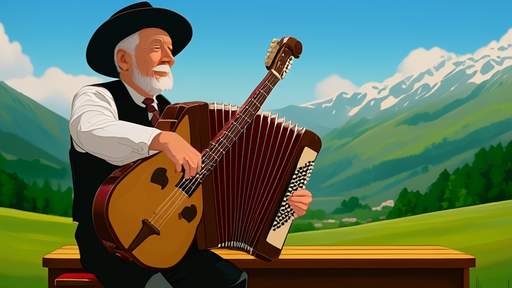
By /Jun 6, 2025

By /Jun 6, 2025
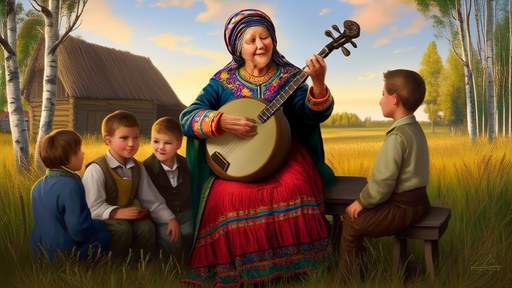
By /Jun 6, 2025
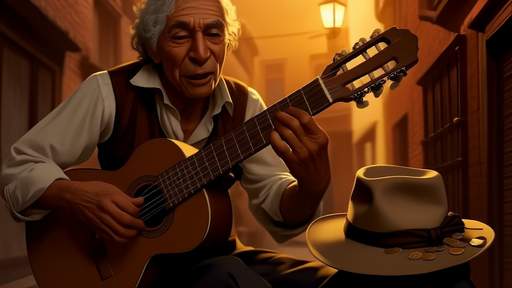
By /Jun 6, 2025
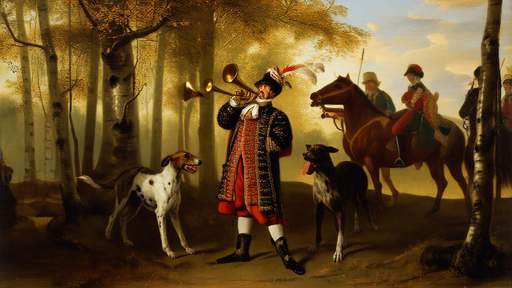
By /Jun 6, 2025

By /Jun 6, 2025

By /Jun 6, 2025
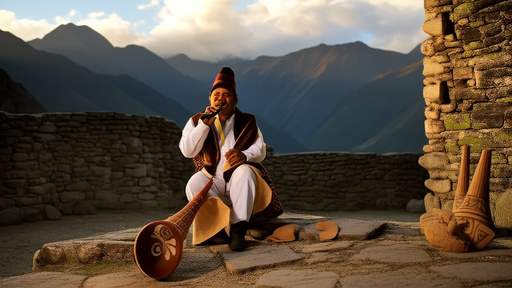
By /Jun 6, 2025

By /Jun 6, 2025

By /Jun 6, 2025

By /Jun 6, 2025

By /Jun 6, 2025
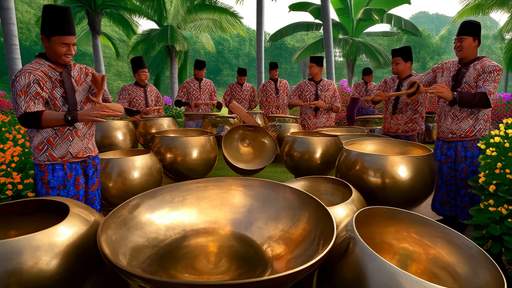
By /Jun 6, 2025
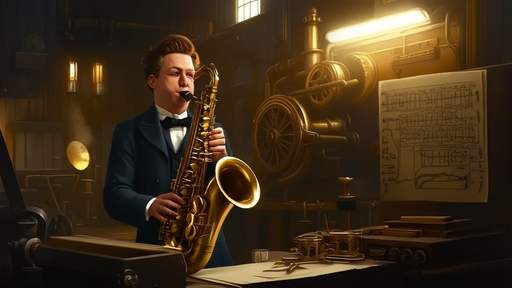
By /Jun 6, 2025
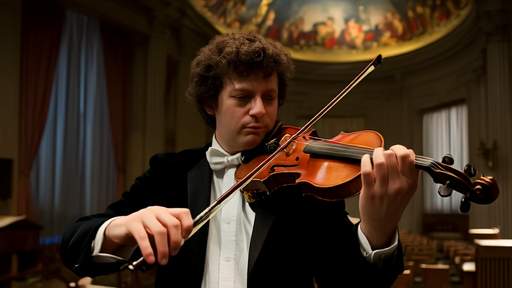
By /Jun 6, 2025

By /Jun 6, 2025

By /Jun 6, 2025
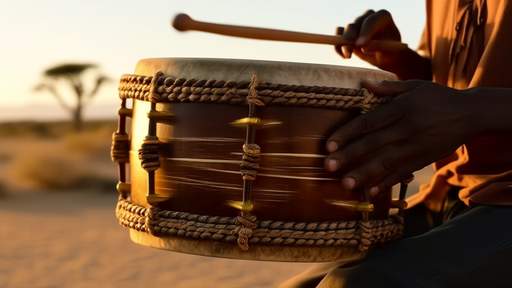
By /Jun 6, 2025